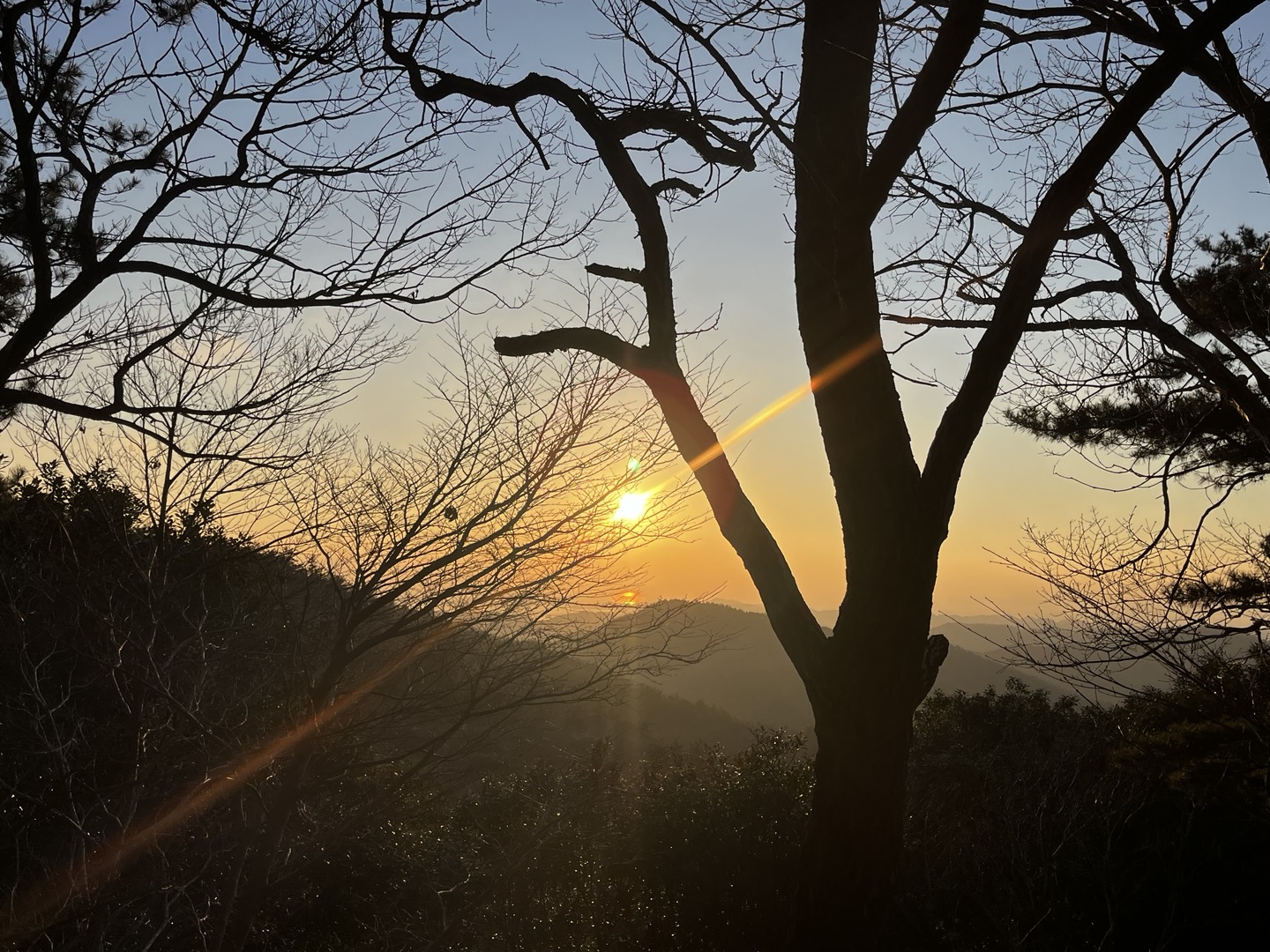Templestay: A Journey to Find One’s True-Self
By Chung Hyunhwa and Kevin D’Abramo
Templestay.com
From time to time, we travel to different places, but do we ever take a journey to that inner side of ourselves? Templestay is an option that enables this search for self in the most serene and peaceful way. In my research on templestay programs in Korea, I was pleasantly surprised to discover that there is an online website: Templestay at https://eng.templestay.com/. There is also an off-line information center in the Insadong area of Seoul, but the online website is wonderfully convenient to check on temples and make reservations.
Reservations
Conveniently, in the “Reservations” menu at the top of the website’s homepage, you can find “Search by Map,” which allows you to see the details of 28 templestays designed to host foreign guests. In fact, if you command a good level of Korean language, there are many more templestay programs available nationwide, and you can find them easily on the Korean language templestay pages.
What to Expect
Templestays are offered as experience-oriented programs over a weekend, but there are one-day templestays and rest-oriented freestyle templestays as well. Experience programs may contain a temple tour, meditation, a talk with a monk over tea, monastic meals, chanting practice, and other cultural experiences such as making temple food or lotus flower lantern making.
Templestays in Gwangju and Jeonnam
Out of the temples listed to have programs for foreigners, three are in Gwangju-Jeonnam area: Baekyang, Hwaeom, and Mihwang Temples. All three of these are beautiful temples, each with a long history. They were founded between the 5th and 7th centuries. Further details can be found on the website, if you get curious.
Here, one templestay guest, Kevin D’Abramo, shares his templestay experience.
| A Stint at Mihwang Temple – By Kevin D’Abramo I wound my Hyundai up a steep and narrow dirt road. After two hours of driving, I had finally reached Mihwang Temple for my templestay. I got out of the car to stretch and was struck by the impressive view overlooking mountains and the sea. The manager showed me to my room. It was sparse and spotless. I eyed the thin mat and small cushion with trepidation, as I was used to sleeping on thick, comfy mattresses. I changed into my temple uniform: gray baggy pants and vest. After settling into my room, I read up on temple etiquette, one aspect of which was about maintaining a posture of chasu. This means putting your right hand across the top of your left and placing both hands near the lower abdomen. This is done to exhibit a respectful stance. The pamphlet also mentioned hapjang. This entails greeting any person you encounter with your palms together in front of your chest while bowing towards them. Performing hapjang sends the message “You and I are not two separate beings but one.” Other aspects of the etiquette are to refrain from noisy behavior, smoking, and drinking alcohol. As the day wore on, I tried my best to maintain chasu and hapjang. It was not hard, and soon enough, I felt myself drawn into the calm rhythms of monastic life. In the afternoon I met a traveler from Italy and a middle-aged Korean man. We became friendly and ate a vegetarian meal together. They told me they were planning on doing the eighty-eight prostrations that evening. This is a special ceremony that serious Buddhist practitioners perform. I was curious about it, but it seemed too intense for me. Later that evening, we entered the hall from the side door. I greeted the shiny gold Buddha statue with a bow. Candles flickered, and the smell of incense wafted gently through the room. I got a mat and was instructed by the monk on how to do three prostrations. Then I sat in a meditative pose while the ceremony continued. After the prayer ceremony, we headed to a ridge to watch the sunset. In the foreground, mountain peaks crouched; in the background was the sea; and above it, an orangish-yellow sun flared as it slowly sank towards the horizon. That night my head sank into the small cushion and I slept peacefully on the thin mat. (Picture 2) (Picture 3) |
Closing
Winter is just a step away. Why not try a templestay to find your true-self sometime this winter? It could give you some time to pause and reflect on the passing year or restore the energy needed to move forward. Right now is the perfect time to do your templestay planning, listening to the crisp fallen leaves cracking under your steps.
The Authors
Chung Hyunhwa, a native of Gwangju, currently works for a horticultural company. She led the international eco-hike group Gwangju Hikers at the GIC in 2020 and 2021. Previously, she taught English at Yantai American School and Yantai Korean School in China and worked in school administration at Branksome Hall Asia in Jeju. She holds a master’s degree in TESOL from TCNJ in the U.S. and a license to teach Korean. She loves plants, birds, and repurposing items creatively.
Originally from Canada, Kevin D’Abramo now lives in Gwangju and works as an English professor. While in Korea, he has gotten involved with the local music scene as a bassist and songwriter. He also occasionally writes and enjoys South Korea’s beautiful national parks.





